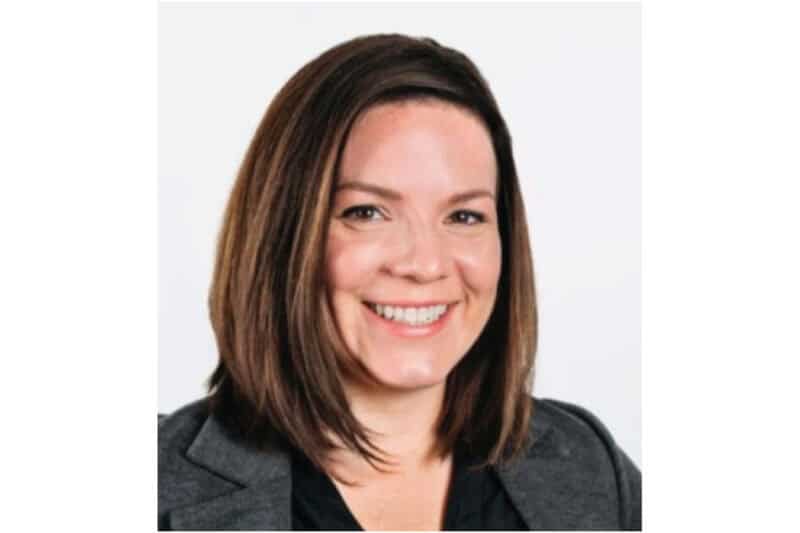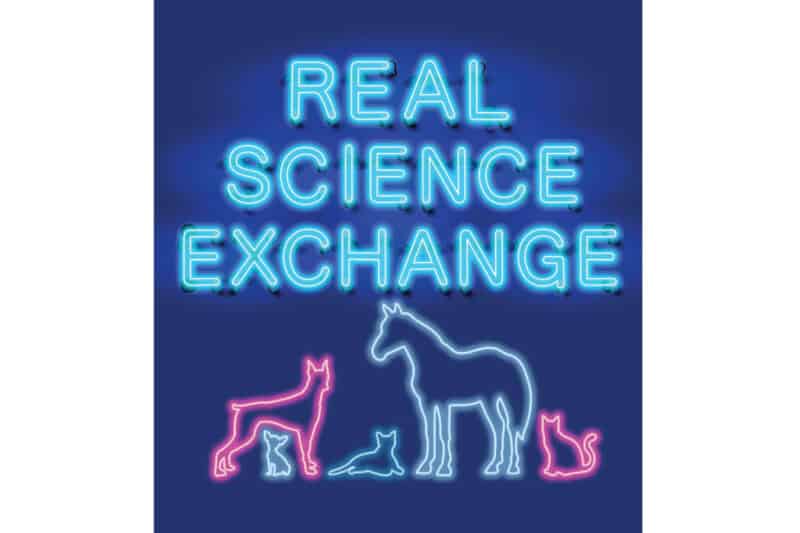This episode “Group Feeding Economics – Milking the Feed Margin” was recorded at the 2025 Western Dairy Management Conference in Reno, Nevada.
Episode 157: Group Feeding Economics – Milking the Feed Margin
Timestamps:
Dr. DeVries gives an overview of his presentation on the economics of feeding more than one ration to lactating cows, with special consideration for additional costs (beyond increased feed costs) such as delivering additional loads of TMR, labor cost and mixing errors. He notes that producer surveys indicate that simplicity and not making mistakes are reasons given for not feeding an increased number of different rations. However, when considering group feeding economics, milking the feed margin is crucial for maximizing returns. Diminishing marginal returns should also be considered: going from one ration to two will yield the largest gain in income over feed costs, with each additional ration yielding smaller gains. (1:52)
Dr. Burhans and Dr. Overton discuss some considerations for feeding multiple rations, including environmental impacts, herd size, pen availability, feed costs and milk production impacts. Dr. DeVries emphasizes the costs of feed delivery are a significant part of group feeding economics. (9:20)
The panel discusses a spreadsheet that Dr. DeVries presented during his presentation to calculate delivery costs. Dr. Burhans mentions some of the on-farm software gives an assessment of how close the actual ration was to the formulated ration, allowing for adjustments if needed. Using such tools wisely can help achieve efficiency in economics related to group feeding, impacting the feed margin positively. (16:28)
The panel considers the importance of body condition scores and recording actual data during nutritionist walk-throughs of dairy herds. They also delve into feeding frequency and optimal feed refusals levels, all of which play a role in the economics of group feeding. (27:45)
Panelists share their take-home thoughts. Realistically, maximizing the feed margin through calculated group feeding economics is key to sustainable production. (43:08)
Conclusion
Please subscribe and share with your industry friends to invite more people to join us at the Real Science Exchange virtual pub table. Please be sure to register for our upcoming Real Science Lecture Series webinars.
If you want one of our Real Science Exchange t-shirts, screenshot your rating, review, or subscription, and email a picture to anh.marketing@balchem.com. Include your size and mailing address, and we’ll mail you a shirt.



